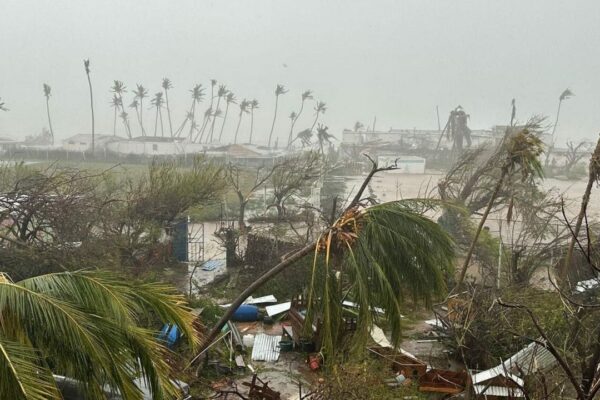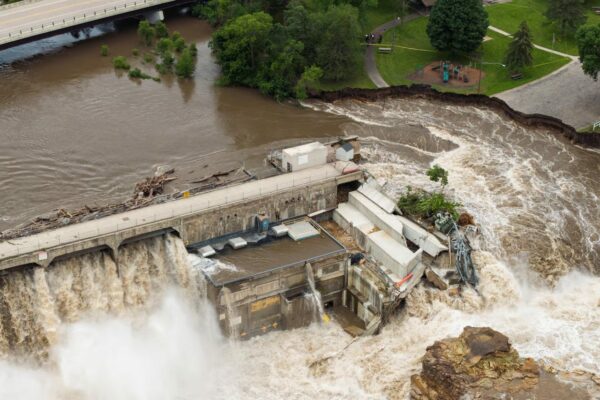Aflame Western Australia: Seems Country Learned Nothing from Black Summer Bushfires
The scale of forest fires in Australia is quite astounding – almost as much as the lack of interest they generate in people
Black Summer was one of the darkest times in Australian history. The 2019-20 bushfire season saw unusually intense fires in many parts of Australia, burning down over 17 million hectares, uprooting thousands of people and killing millions of wild animals. The 2021-2022 bushfire season doesn’t seem to bring any respite from the heat and smoke either. While part of Australia experienced a wet winter and a soggy spring, Western Australia is bearing the brunt of intense bushfires.
Bushfires are an essential part of Australia’s environment, with high temperatures, dry conditions and the combustible nature of much of the native flora contributing to fire incidents. However, with climate change and global warming, the island continent has been witnessing some of the most frequent and extreme forest fire episodes.
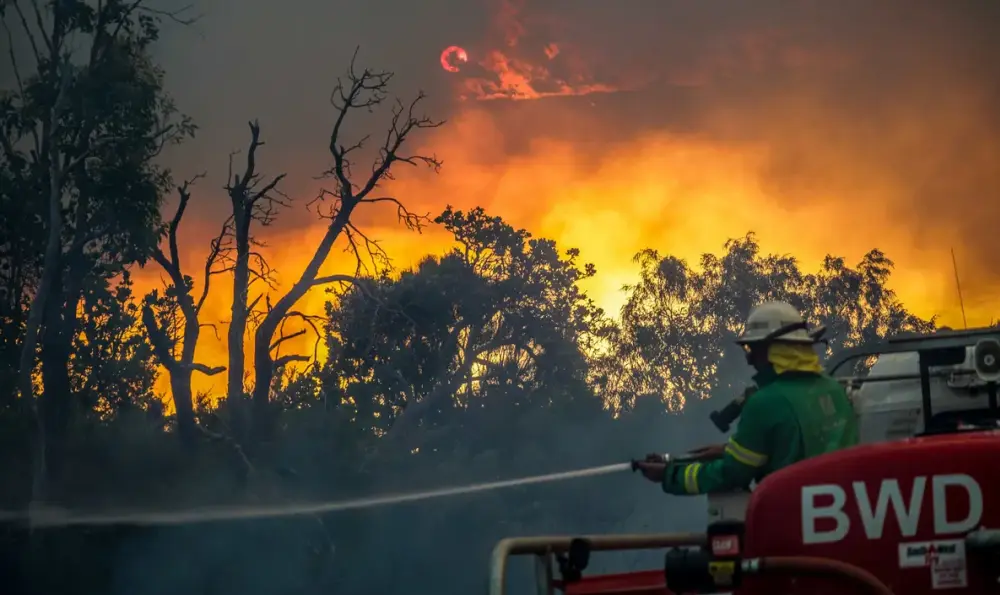
Image: Sean Blocksidge/AAP
Moreover, a new study has said that the severity of Black Summer forest fires was far from normal. Forest fires in the country are burning more land throughout the year than ever before.
As soon as the summer started, significant fires have been recorded in the Kimberley, the Top End, Cape York and the northern deserts. While small rain spells across the central deserts have reduced the current fire risk, it will significantly increase the fuel amount which creates the potential for large wildfires throughout the season.
Western Australia Bushfires
Major blazes in Western Australia’s Margaret River region were recorded that forced residents to evacuate. The fire in Leeuwin-Naturaliste National Park has burned through 5,200 hectares, including Karri trees, in Boranup, WA.
While the fire has been contained so far, authorities and locals are not entirely out of the woods yet with the fire stationary, which is contained “but not controlled.” Meanwhile, the police department has revealed that the fire was deliberately lit in the region.
However, Bussell Highway, a major north-south route in South West that was closed due to the fire, has been reopened and residents of Boranup will be returning home soon. Authorities are optimistic that favorable weather conditions are likely to aid in combating the blazes.
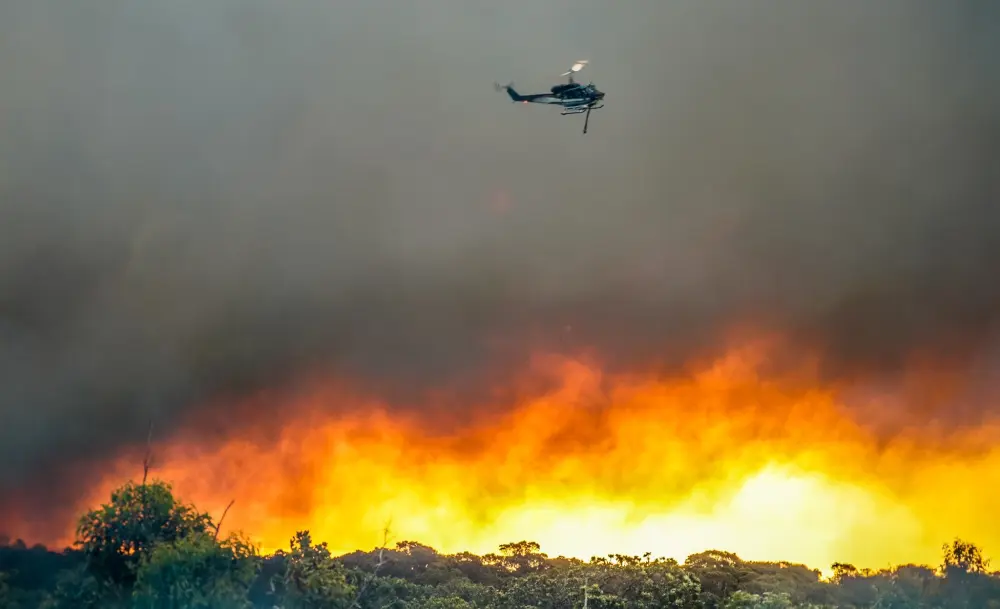
Image: Sean Blocksidge/DFES
75 firefighters worked to contain the blaze over the weekend. An emergency warning still remains in place for people in the national park surrounded by Mammoth Cave Road to the north, Caves Road and the park boundary to the east, Grace Road and Bridle Trail to the south and the coast to the west. It comes after the police revealed that the fire was intentionally lit near Mammoth Cave.
The police said in a statement;
Detectives would like to hear from anyone who saw any suspicious activity in the vicinity of Mammoth Cave on Wednesday (8 December) or who has dash-cam or mobile phone vision of people or vehicles in the area at the time.
Senior meteorological Jackson Browne said that hot, dry and windy conditions would continue in the coming days for parts of Sothern Australia, providing suitable conditions for forest fires. The department has a number of weather warnings for Western Australia.
Climate Change-Induced Fires
A study has said that Australia’s forest fires are fanned by the climate crisis. CSIRO, the National Science Agency, said that climate is an ‘overwhelming factor’ in driving fires, with bushfire seasons getting longer and impacting more areas. The agency also discovered that climate change has driven a significant increase in forest fires in the country over the past 30 years.
It was also revealed that intense and frequent fire incidents have increased not only in alpine forests in the southern island of Tasmania but also in the tropical rainforests of Queensland in the northeast. CSIRO also said that three of the four megafire years in nearly a century happened after the year 2000. A megafire year is described as the cumulative burned area of forest during the course of one year of over 1 million hectares.
Last year, the country’s weather department warned that Australia’s climate was expected to become hotter and drier owing to increased carbon emissions. During the bushfire season 2019-20, over 30 people died, thousands of homes were destroyed and an estimated three billion animals were killed or displaced.
Fire Management Failure
Australia’s indigenous people have burned landscapes to manage the fire risks for thousands of years. These self-ignited fires are relatively low-intensity and do not burn large areas; they are lighted to clear up any fire fuel in the forests to avoid major blazes. This technique has been noted to reduce the chance of fires for generations.
Unfortunately, this fire management technique is rarely being used today. Following the displacement of indigenous people and the decrease in traditional burning practices, the fire management structure has dramatically altered.
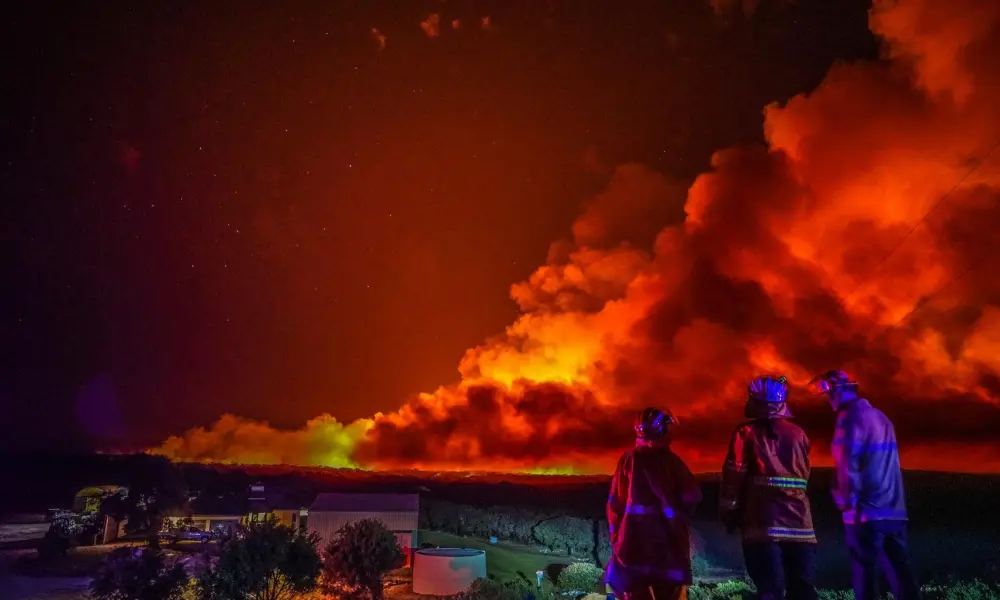
Image: Sean Blocksidge/DFES
The nation’s fire management failure in recent years is more than evident. Moreover, this change has been implicated in the decline and extinction of many native flora and fauna species.
During the Black Summer bushfire season, the people of Australia were furious at the Australian Prime Minister Scott Morrison for not paying attention to the crisis and criticized him for his climate-denying attitude. Despite many protests, Morrison persevered to coal mining and the usage of fossil fuels.
With climate-deniers all around, the Australian government needs to either come up with innovative and highly-effective modern techniques or go back to traditional indigenous burning practices to manage the risk of forest fires. If not, the nation’s lack of interest in tackling its bushfires will rob the island continent of its endemic species.
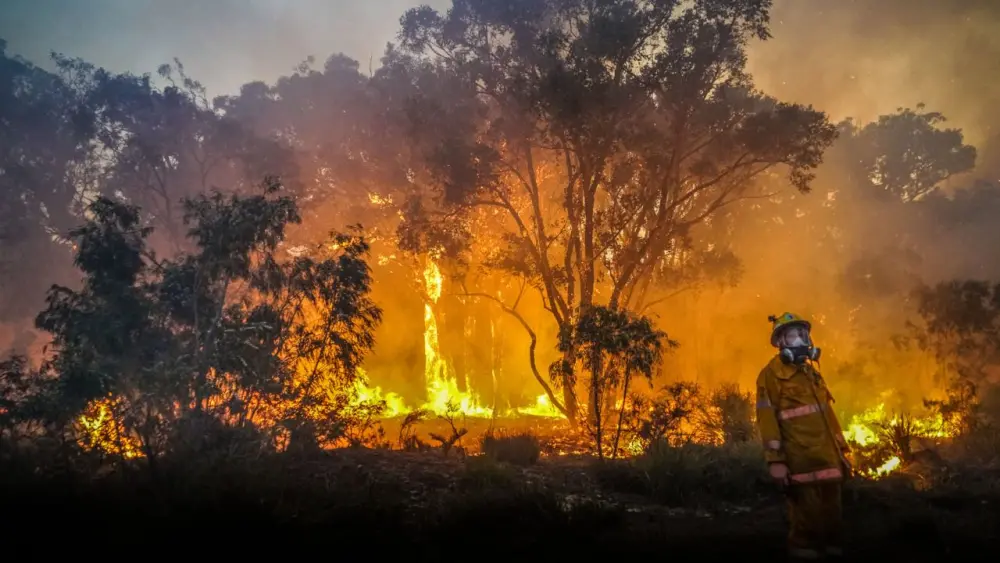
Image: Walcliffe Volunteer Fire Brigade
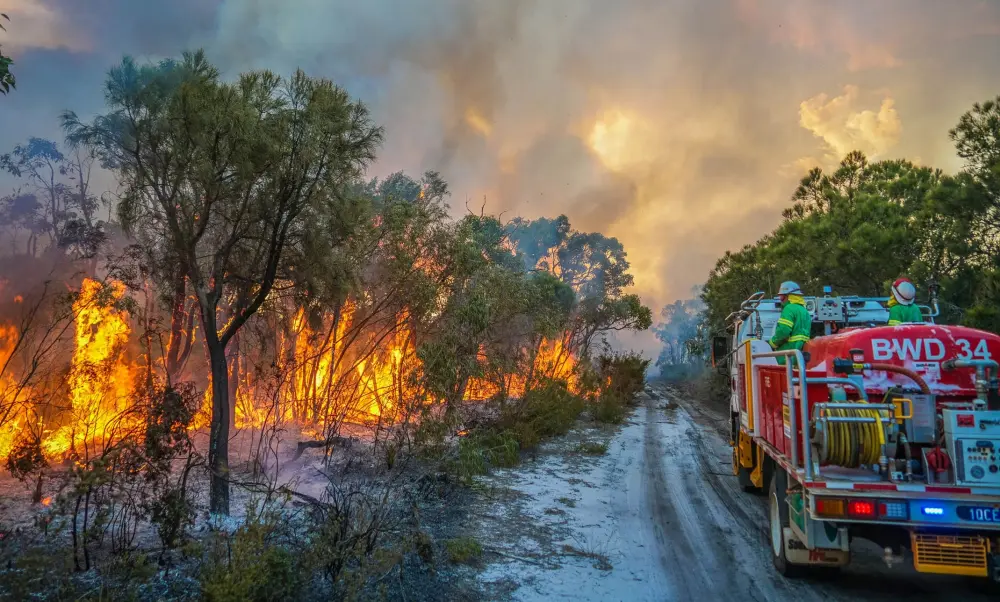
Image: Sean Blocksidge/DFES
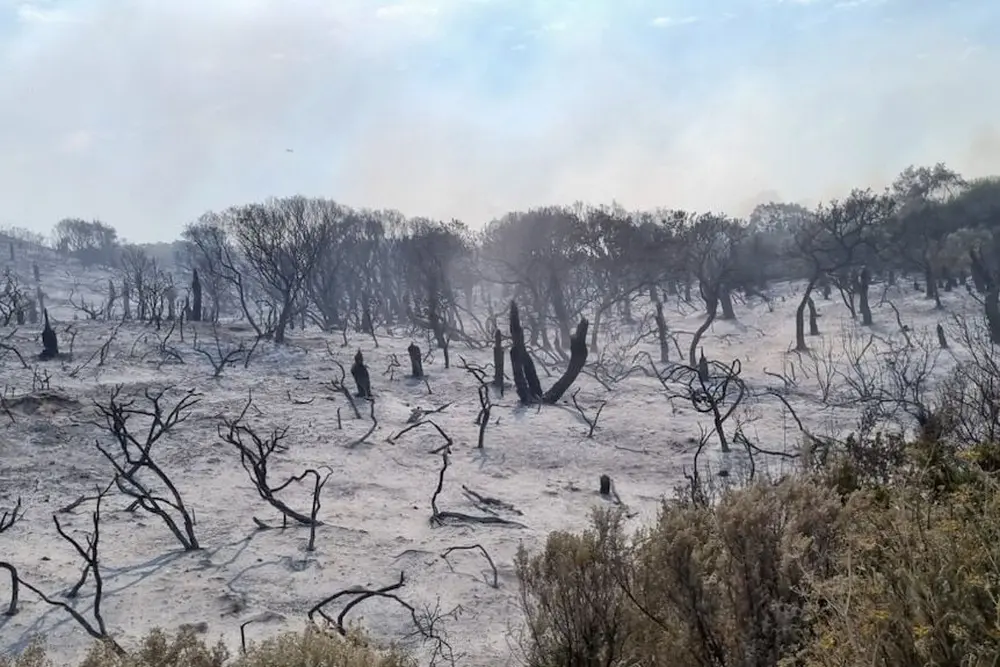
Image: Walcliffe Volunteer Fire Brigade
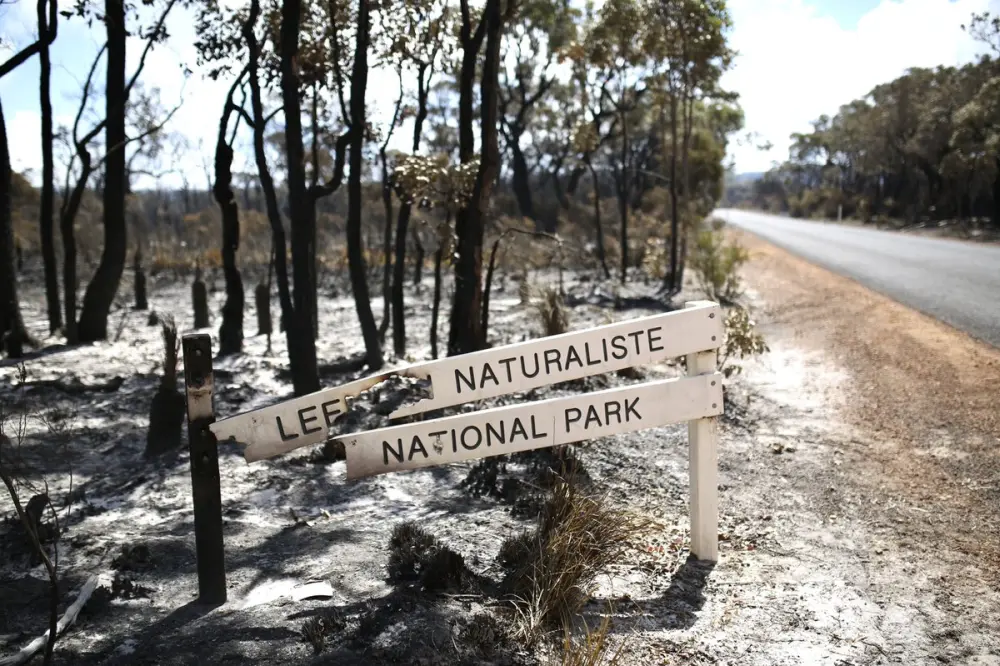
Image: James Carmody/ABC News
